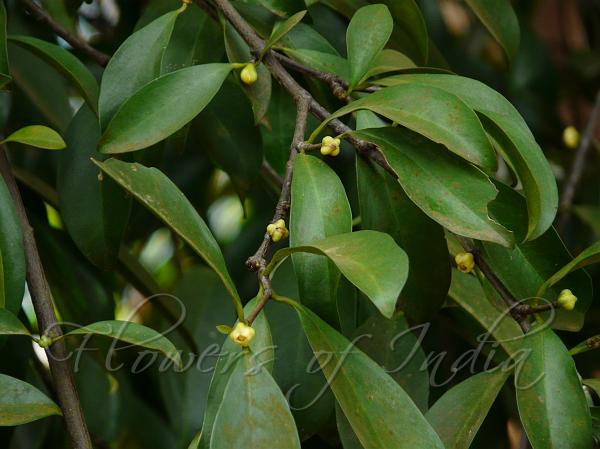|
| Kokam |
|

|

| File size | 3913489 |
| Original date | 12/20/08 11:00 AM |
| Resolution | 3264 x 2448 |
| Flash | Flash did not fire, auto |
| Focal length | 82.8mm |
| Exposure time | 1/125s |
| Aperture | 4.2 |
| Focus Distance | |
| Metering Mode | Multi-segment |
| Camera make | Panasonic |
| Camera model | DMC-FZ18 |
| Sensor type | OneChipColorArea |
|
|
|
|
Photo: |
Botanical name: Garcinia indica Family: Clusiaceae (Garcinia family)
Synonyms: Brindonia indica
Synonyms: Brindonia indica
Kokum is a tree with a dense canopy of green leaves and red-tinged tender
emerging leaves. It is indigenous to the Western Ghats region of India,
along the western coast. The tree is large and handsome, having elliptic,
oblong or oblong-lanceolate, deep-green glossy leaves, 5.5-8 cm long and
2.5-3 cm broad. The flowers are fleshy, dark pink, solitary or in
spreading cluster. The fruit is brownish or brownish-gray, marbled with
yellow, and is crowned by the 4-parted, stalkless stigma. There are from 6
to 8 seeds, and the pulp is juicy, white, and delicious in taste and odor.
It is about the size of an orange. An average kokum tree bears hundreds of
fruits during summer. When they are tender, they are green in color. As
they ripen, they get the beautiful purple color. The fruits are plucked
when they are ripe. The tree is a source of kokam butter which is used in
cosmetics and confectionary. Flowering: November-February.
| Identification credit: Vandan Jhaveri | Photographed in Mumbai. |
• Is this flower misidentified? If yes,